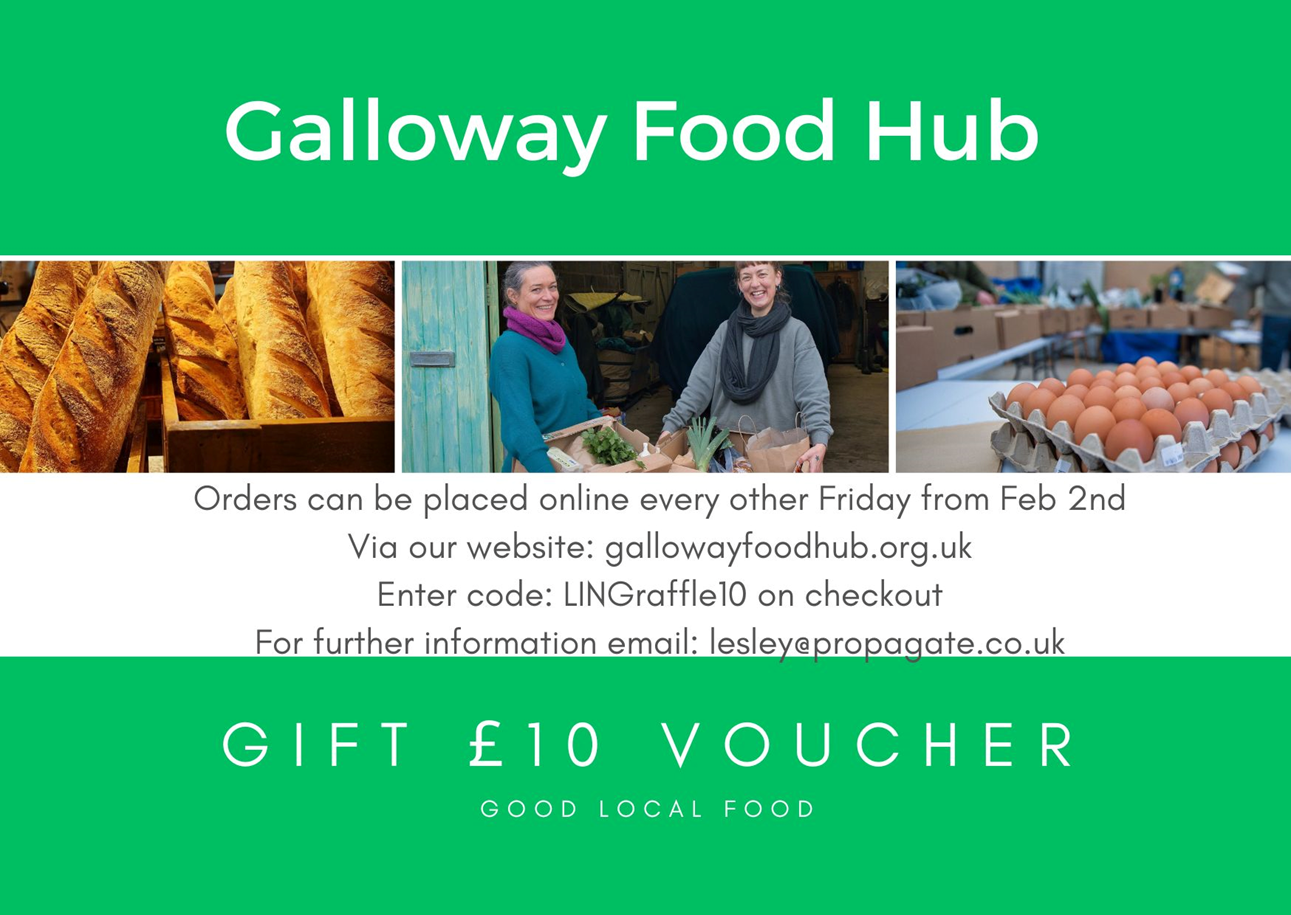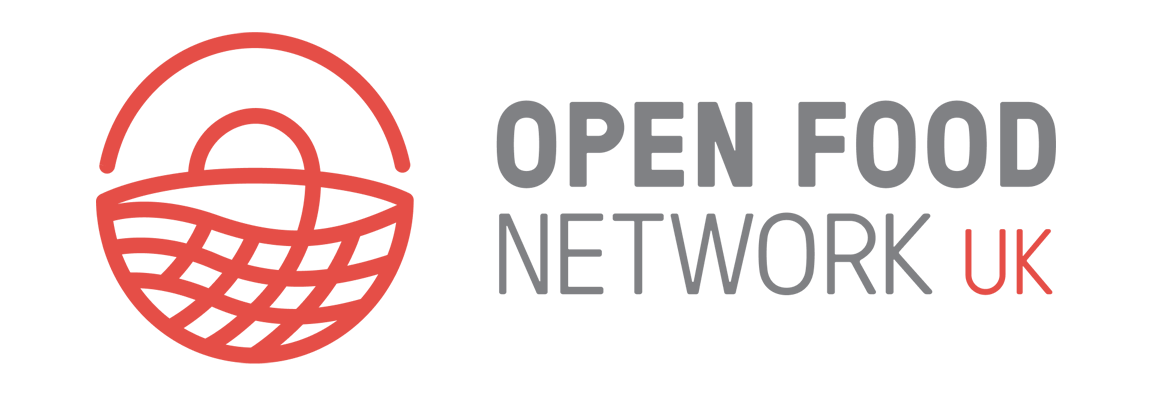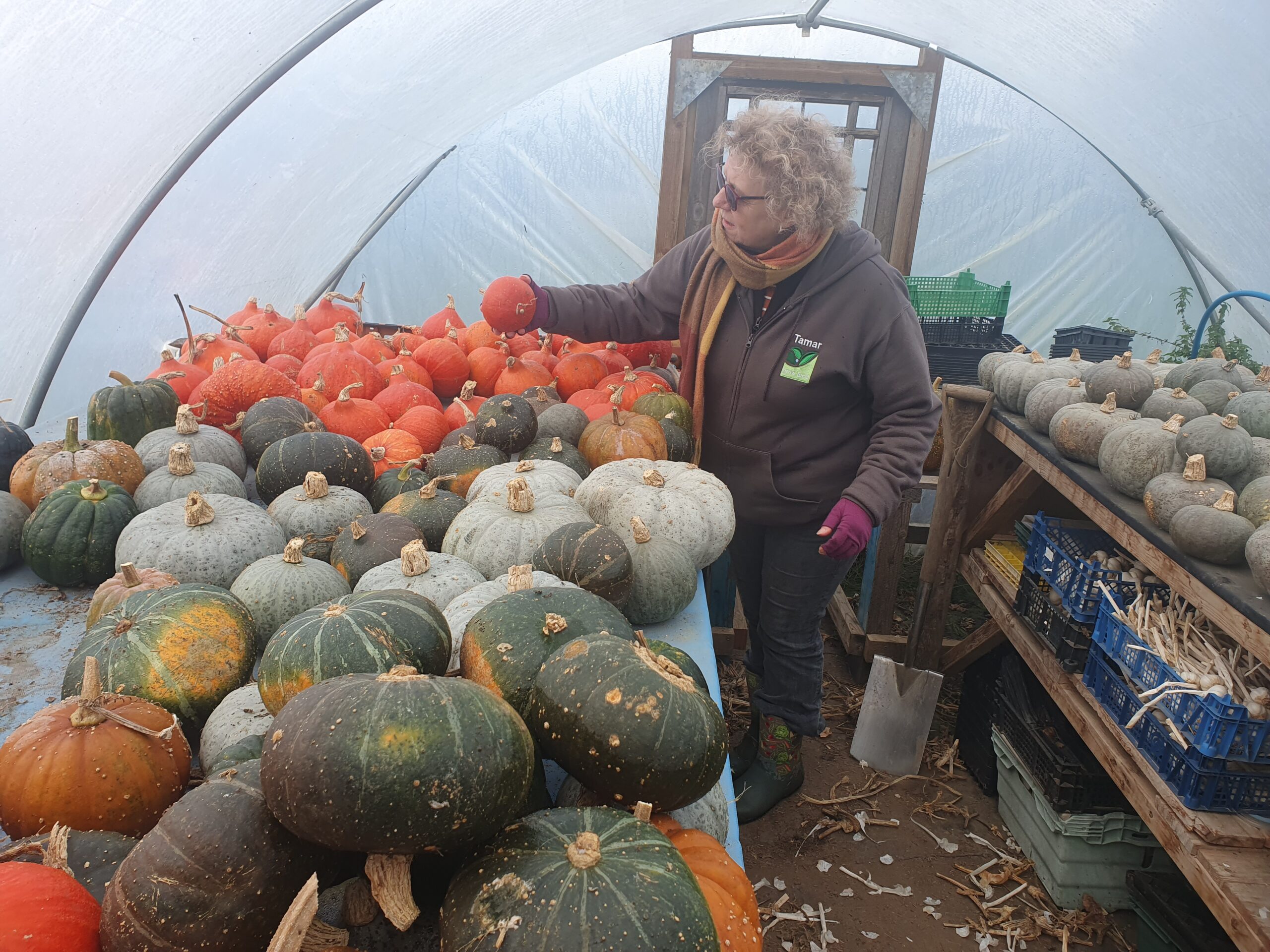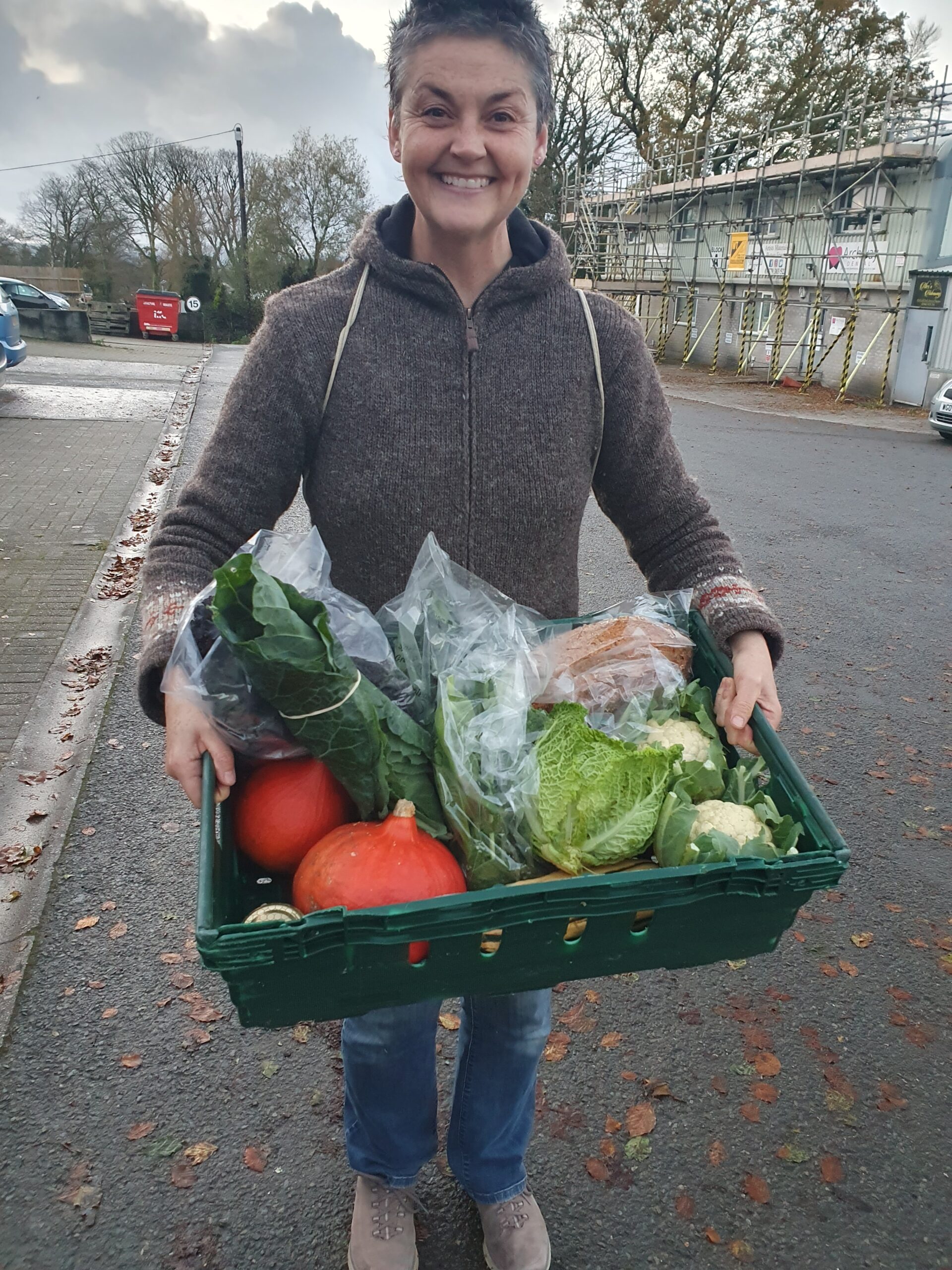Using the new voucher and discount functionality on the Open Food Network

The Open Food Network (OFN) has worked alongside Tamar Grow Local to design and build new functionality that allows shopfront managers to offer vouchers and discounts to their customers.
On the 18th June 2024 a webinar took place to give background information about this new feature, share knowledge on how different enterprises are using this new functionality on the Open Food Network platform and to talk about future developments.
The webinar can be viewed here and the article below has background on the journey to creating the vouchers functionality, user cases and information about the functionality for enterprises interested in using it. You can also read more about using this feature in our user guide here.
Background
Sara Rock, Tamar Valley Food Hubs
Tamar Valley Food Hubs, part of Tamar Grow Local, is an online farmers’ market in the Tamar Valley in South East Cornwall, UK. Sara shared some background on how their customers drove the need for a better way to donate to their local food banks.
- Our customers have the opportunity to make a donation when they do
their weekly shop - This donation is a separate product on our shopfront where they can
select a donated bag of vegetables for a family in need, or they can
select multiples of £1 to donate. - We raise £100 – £130 per week from these donations
- People are referred to us from local food banks and we deliver a bag of
vegetables to them - We use a spreadsheet to monitor donations and deliveries
- We wanted a better solution for the people who were referred to us by
the local food bank.
Sara explained that the local food bank refers people to them who would like a delivery of fresh vegetables that would normally retail at about £6.50 plus delivery. The team at Tamar would put an order onto the system and deliver as normal with their other deliveries on a Friday afternoon. They also supply fresh vegetables to support homeless hostels, community fridges and community shops with these donations as well. To keep a track of everything they use a simple spreadsheet showing the donations they’ve received each week and what has been delivered just to make sure that the running total of deliveries doesn’t outstrip donations. The veg bag is a standard product at Tamar with the contents varying each week dependent on season and availability. In practice, this meant that whilst retail customers could decide whether or not to place their order based on bag contents, customers referred by the food bank could not, and would receive a bag regardless of their preference for the contents. Tamar Grow Local really wanted a better solution for the people who were referred so they could choose what they wanted each week; a solution that would give people more agency, more choice and more dignity even though they were experiencing food insecurity. So the Tamar team worked with the Open Food Network to identify a potential solution.
Power to Change – Community Tech Fund
Sara explains that the Open Food Network got in touch after spotting a community tech fund run by Power To Change, National Lottery Fund, and thought it would be an ideal way of trying to find some funding for voucher codes. Tamar Grow Local made the application because they met the criteria for the fund by being a community business using a community tech solution. Together Tamar & OFN set out on a two year project to deliver the voucher code functionality:
- OFN UK identified the opportunity to apply for funding
- Tamar Grow Local made the application with support from the Open Food Network
- Two year project to deliver voucher code functionality
User case – Tamar Valley Food Hub
- When the food banks refer people to us to receive free vegetables they are now also able to issue a voucher code for £20.
- This voucher code is given to people who are in a particular crisis or have a specific need that we at Tamar Valley Food Hubs can help with in terms of supplying through our shopfront.
-
- The food banks tell us who they have issued the code to
and give the recipient a flyer
- The food banks tell us who they have issued the code to
-
- The flyer helps to make sure the person who’s been given the code doesn’t share it around and we can be sure that the person who’s been given the code is the person who’s used it. Then the person is also given a flyer to tell them how to order. Through this process we can also ensure that vouchers are
only used for food items (i.e. not for alcohol or other non-food
items). - There are different codes for each week of the year. We set up 51 codes throughout the year which we activate and deactivate weekly so there’s a different code for each week, and the food bank knows which code to issue for a particular week. We keep track of these via an integration created by OFN UK on a spreadsheet.
Challenges?
Sara explained they had some challenges with these codes because of people not using them. They have surmised that perhaps people aren’t used to online shopping, that there may be digital inclusion issues or they don’t have phone credit, and the food bank is able to help with that. TGL are now working with the food bank to try to identify those issues and barriers, but now that they have the process set out they are able to roll out to other food banks which is great.
Other uses for voucher codes
- Vouchers for customers taking part in academic research
“Some of our customers have been doing interviews for academic research with various universities. The universities have paid Tamar Valley Food Hubs and we’ve in turn created vouchers to grant to those customers who have taken part as a reward.”
- ‘Welcome back’ 5% discount for customers returning to the Food Hub after 6 months
“Welcome back vouchers where customers return to the Food Hub after they’ve been away for 6 months. We ask them to fill in a survey and if they fill in that survey we’ll give them a 5% discount code.”
- Volunteer discounts
“We have a discount code for volunteers who do wonderful things like take orders to collection points for us on a Friday, and that’s a 10% discount.”
- Other ideas TGL have had but not yet tried include producer discounts and loyal customer discounts.
User case – Galloway Food Hub
- A local online farmers marketplace for seasonal, ethical and climate friendly produce
- Started in May 2022
- Based in South West Scotland in a remote rural community in Galloway which is west of Dumfries
- Cover a 60ish mile radius from our base in Dalry. We have 11 collection points and offer very local delivery
- Run by 4 part-time freelance staff covering about 30 hours a week between us with 13+ volunteers on a partly funded model
- Have around 30 local producers and buy organic veg and Scottish and/or ethical store cupboard goods to supply approximately 80+ customer orders every other week.
Below are vouchers that Lesley and the team create for their customers on Canva. They use them either for offers or for prizes, so this one is or a raffle for the community town hall. Customers can actually buy vouchers on OFN when the shop is open. What the team can do now with this new voucher function is create a code, put it into this voucher flyer and either print it out and either put it in the customer’s box next time they order, or they would email it to them so they can forward it onto whoever they’re giving the present to.

How it’s done
- Create a consistent code with a non-duplicate element if necessary
- Record it in a spreadsheet with value and date of use
- Set a reminder to turn off the code once used if a one time offer.
User case – CoopCircuits
Bérengère was very interested in what the previous speakers shared around the uses of the voucher codes. She expressed in the webinar that she thinks Coop Circuits (the trading name for the OFN in France) would use the voucher functionality for food subsidies or fair food projects because they have some users having this sort of social intention in their project but aren’t currently using the vouchers feature. She felt it would be something they should dig into to implement and see how it can work for French OFN shopfronts.
In France the voucher was a quite frequently asked-for feature, mainly to reward customer loyalty, and some of their users are now using it either as a percentage or a fixed amount discount that they can offer customers.
Bérengère shared a user case that is a bit special. It involves a vegetable farmer who needed a tool to organise a deposit system for their empty boxes and glass bottles. Until some months ago he used to leave a small bag in front of the farm containing a small amount of money. When people brought back their empty box they took money from the small bag. He had a very basic system at the beginning, it just had one deposit for one product, for 50 cents. Now he’s decided to create a voucher for when you have one box, two, three, four, five. And so he can now send the different codes if people have five deposits to give back or just one.

How to add the vouchers and discount functionality to your shopfront
Bethan Philips, OFN UK Technical Lead
Bethan took us on a walk-through of how to use the voucher code functionality. Please go to 36:00 on the webinar recording if you’d like to watch, which you can find on our YouTube channel here.

Future Developments of this functionality
Kirsten & Serenity, Open Food
Network Australia
During the webinar Kirsten and Serenity told us about the journey the Australian OFN team made leading to the development of the vouchers tool.
In 2022/2023 the Australian team were on a project called “Food for dignity through community enterprises” which was funded by Lord Mayor’s Charitable Foundation in Melbourne and was looking at how to improve food with dignity in community enterprises.
“One of the big things that came out of that was that people experiencing food insecurity often are not using online tools, so through that project we were trying to look at holistic design and think about what are the actual in- person experiences. Through that work it was very evident that you need to do ground-up design based on a specific target population of specific community food enterprises, and that they might be all different. So there’s not going to be a ‘one size fits all’ solution!”
Introducing VINE (Voucher Integration Engine)
OFN Australia secured funding to develop a voucher system for both online and in-person markets. The project aims to improve OFN’s voucher functionality and support non-OFN e commerce systems. After reviewing existing solutions, the team decided to build a new system from scratch to avoid limitations of retrofitting old systems. This new system is designed as a multi-agent platform, allowing various enterprises to issue and redeem vouchers. The project involves collaboration with OK200, a company experienced in voucher systems for community food enterprises.
The result is a new app called VINE, currently in testing and set for completion soon. VINE allows Super-Admins to create voucher sets with unique codes and QR codes for in-person and online redemption.
VINE supports multiple currencies, making it usable internationally, although it is currently only available in English. Translation can be added if anyone would like to take it on for their Instance. The system aims to provide key features like expiry dates, partial redemption, and voucher types such as Food Equity or Promotion.
OFN intergration
Integration work with OFN is underway, with development starting in September 2024. The pilot will run from February to August 2025, focusing on testing the system. So now we are working on the integration of the VINE app with OFN 1. This has two main parts which we are about to estimate:
Create a new Connected App to connect to VINE, takes VINE API key, see API Docs here
- Update OFN Voucher logic to check code against internal system first and if not present then VINE.
- Order adjustment and reporting logic stay the same
Rachel is leading on this for Product and Gaetan is leading on the Development side. All work to be tracked in Clockify #11922 and see #11922 on Github.
Digital inclusion
A really positive outcome from developing this functionality and hosting the sharing webinar is the awareness brought to the topic of digital inclusion. Bethan from the OFN UK team flagged that she would like to help older people or people who find it challenging to order online and asked if anyone else is also interested in a collaboration to investigate how we can make improvements. A few of the food hubs from the UK were really keen to be a part of a potential project so we will be pursuing that idea in the future.

For more information please go to openfoodnetwork.org. Or email Jo da Silva at jo@openfoodnetwork.org.uk




